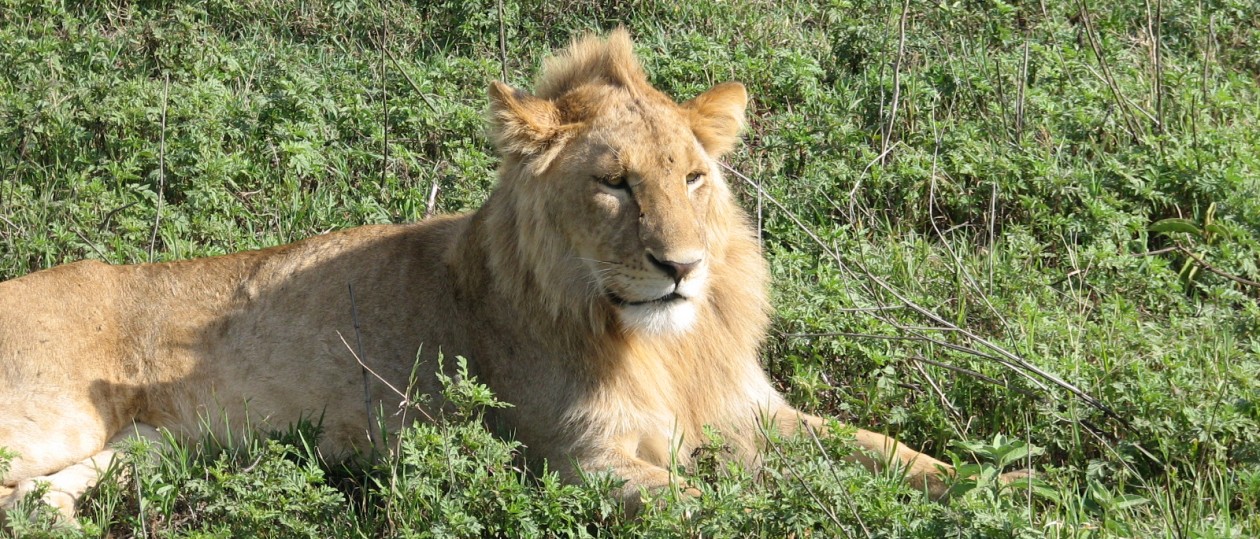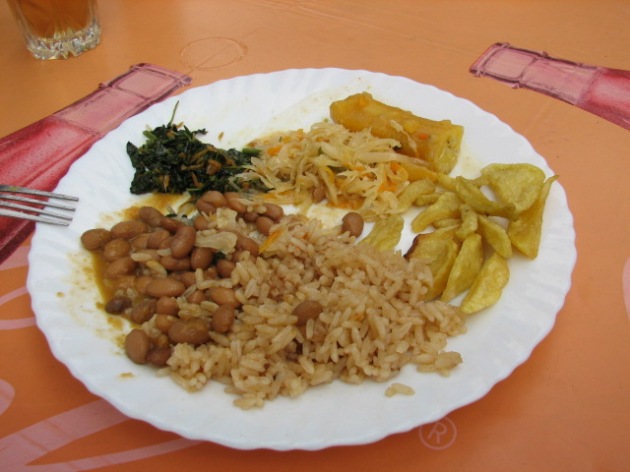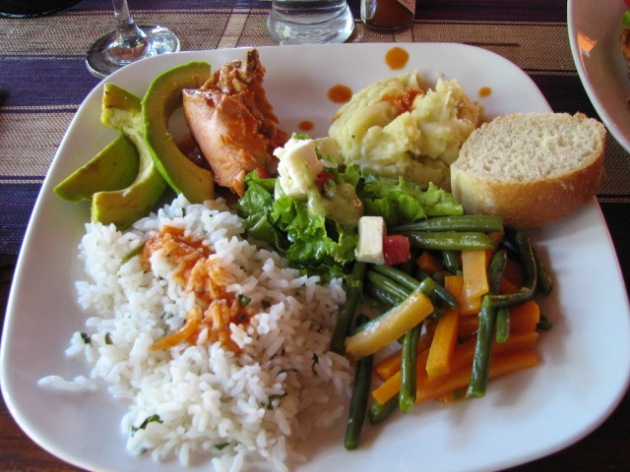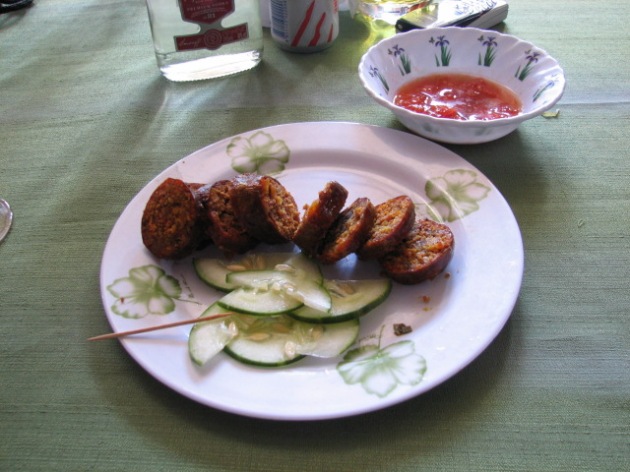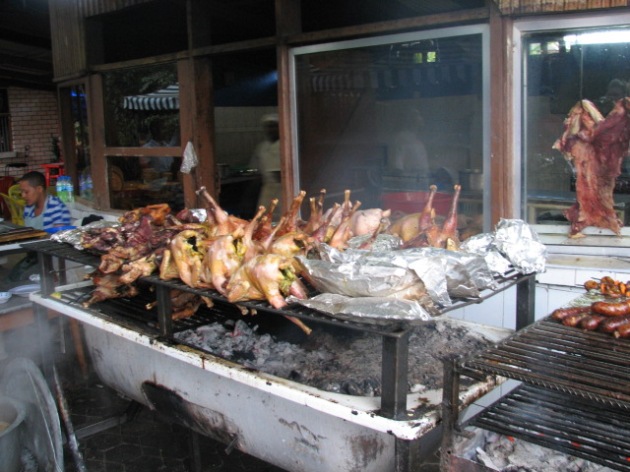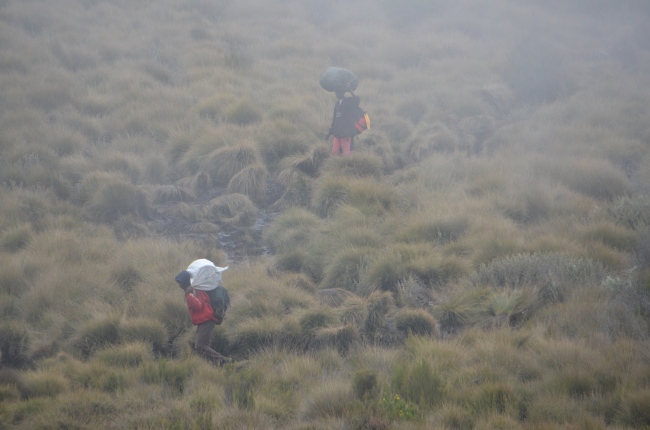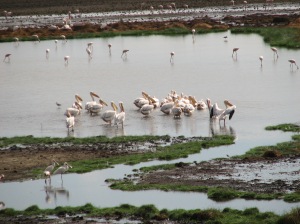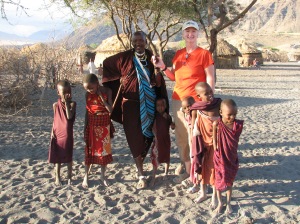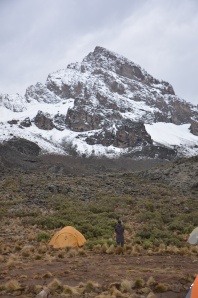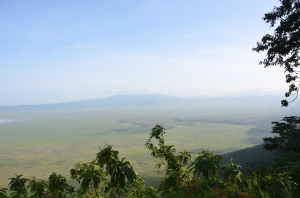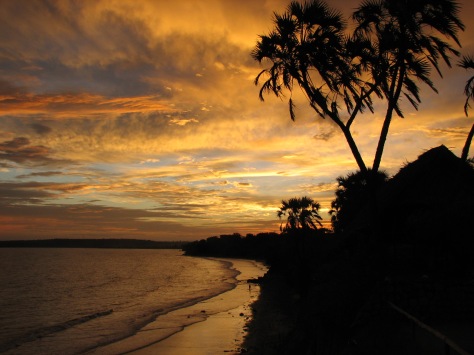Ahhh…the food. When I travel somewhere, one of my first questions is about the food. When I traveled to Ireland several years ago, I was certain the food was going to be bland; mostly boiled potatoes and meat. I was wrong about that, and I was equally surprised about the food in Tanzania.
On Kilimanjaro you’ll travel with a cook and wait staff. You’ll have chef prepared meals and snacks. Really, it’s more food than you can eat, and it’s all delicious. We cater to the clients dietary needs and wants, and I’m certain you’ll find it to your liking. One of my favorite items is the soups. I love soup anyway, and the soups are always freshly prepared and tasty. You’ll generally take your meals in the dining tent, which can be one of the best times of day. Sitting with your fellow trekkers sharing your experiences, getting to know those you don’t know. It’s a very special time on the mountain.
On safari if you’re staying in a tented camp, a cook and wait staff will also travel with you. If you opt for staying at a lodge, there will be full dining service, and either way, when you go out for your daily wildlife viewing, you’ll be sent with a box lunch to enjoy.
If you’re like me and you want to explore local culture, by all means ask your guides about the local food. It’s delicious as well! Their diet is not that different than our western diet; lots of fruits and vegetables. Meat is mostly eaten in stews, accompanied by their version of polenta, which they call “ugali” It’s made with very fine cornmeal, and served along with a meat and vegetable dish, as the starch for the meal. Tanzanians absolutely have to have ugali a few times per week, and the guides and porters will be eating it on Kilimanjaro. Definitely check it out!
Here are a few pictures of some local food and markets. Bon Appetit! Or as they say in Swahili, Karibu Chakula!
